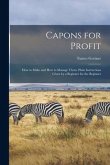After the 7.1 magnitude earthquake that shook Canterbury on 4 September 2010, the news media were quick to report, with understandable relief, that no lives had been lost. In fact, this first quake killed at least 3000 chickens, eight cows, one dog, a lemur and 150 aquarium fish, and that was only the first of a series of even more catastrophic quakes that were to follow, in which many humans and animals perished. Animals in Emergencies: Learning from the Christchurch Earthquakes provides a record of what happened to the animals during and after these quakes, and asks what we can learn from these events and our response to them. The accounts of professionals and volunteers involved in the rescue, shelter and advocacy of the city's animals post-quakes are presented in the first part of the book, and are followed by the tales of individual animals. These accounts provide an honest and compelling historical record of how Christchurch's seismic activity affected human-animal relationships in both positive and negative ways. We share our lives with a variety of companion animals, including dogs, cats, horses, fish, birds, rats, rabbits, guinea pigs and turtles, and the stories of how the Canterbury earthquakes affected these animals are absorbing, sometimes heart-breaking and often heart-warming. The book also reports on the fate of urban wildlife such as hedgehogs, eels and seabirds, in the aftermath of liquefaction and other damage caused by the more than 20,000 aftershocks since the first major earthquake, and considers the particular risks to animals most vulnerable when disasters strike - those confined on farms and in laboratories.

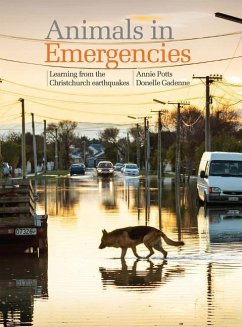
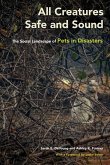

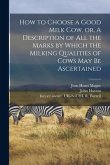
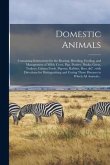
![The Farmer's Friend [microform]: Containing Rarey's Horse Secret, With Other Valuable Receipts and Information The Farmer's Friend [microform]: Containing Rarey's Horse Secret, With Other Valuable Receipts and Information](https://bilder.buecher.de/produkte/66/66152/66152044m.jpg)
